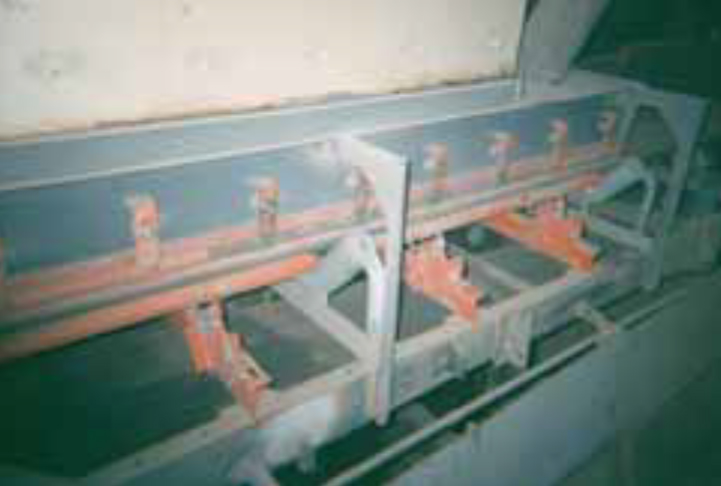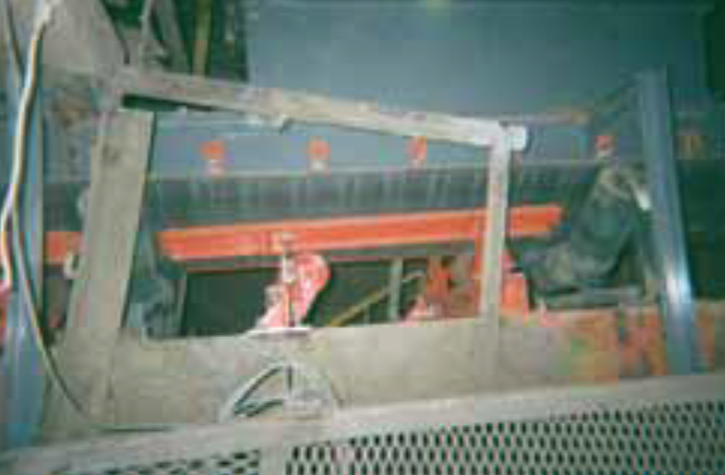Resources
| PDF - Printable Version of Case Study | Download |
| Products Used | Dust Curtain , ApronSeal™ Single Skirting , Slider Cradle |
|---|---|
| Product Types Used | Dust Management and Containment Solutions , Transfer Point Solutions , Belt Sealing , Belt Support , Dust Containment , Chute Structure , Tail Protection |
| Solutions | Installation |
| Industry | Cement |

The clinker transport system had severe problems with the escape of spillage and airborne dust in the loading zones of three conveyors.
Conveyors #949, #949-3 and #950 carry clinker from the cooler to a storage structure for stockpiling. Conveyor #950, the last in the series of conveyors, is a 24-inch (610 mm) belt running at 650 fpm (3.3 m/sec). The others are 36-inch (914 mm) conveyors running at approximately 500 fpm (2.5 m/sec).

Martin® Transfer Point Solutions with high-temperature components were recommended to stop the spillage and dust problems.
To improve the clinker conveying, the plant agreed to upgrade the transfer points loading conveyors #949, #949-3 and #950. Installation crews from MartinPLUS® Services performed the project. On all three conveyors, the work included installation of a Martin® Tail Sealing Box, steel chute walls, Martin® Wear Liners and chute wall covers with Martin® Dust Curtains.
In addition, MartinPLUS® Services fabricated a new chute to transfer material from Conveyor #949 to #949-3. Martin® Slider Cradles were installed underneath the load zones to stabilize the belt’s path to reduce spillage. To allow for high temperatures, the high-temperature cradles have bars with stainless steel tops. The edges of the belt in the conveyor loading zones incorporate Martin® ApronSeal™ Single Skirting for high-temperature applications, effectively sealing the elevated material. Martin® ApronSeal™ Single Skirting is suitable for exposure to temperatures up to 275°F (135°C).

CEMEX Kosmos’ plant management were very happy with the results of the project. Spillage and dust were controlled, and the new components stood up well to the elevated material temperatures.
| PDF - Printable Version of Case Study | Download |

While your problem seems unique and frustrating, with 70+ years of solving similar problems around the world, and with the most experienced and educated people on our teams, we can assure you that we’ve “Been There, Done That.” At least close enough to know what needs to be done next and adjust for your situation.
Put Us To The Test For Free! Let Us Give You a Solution.